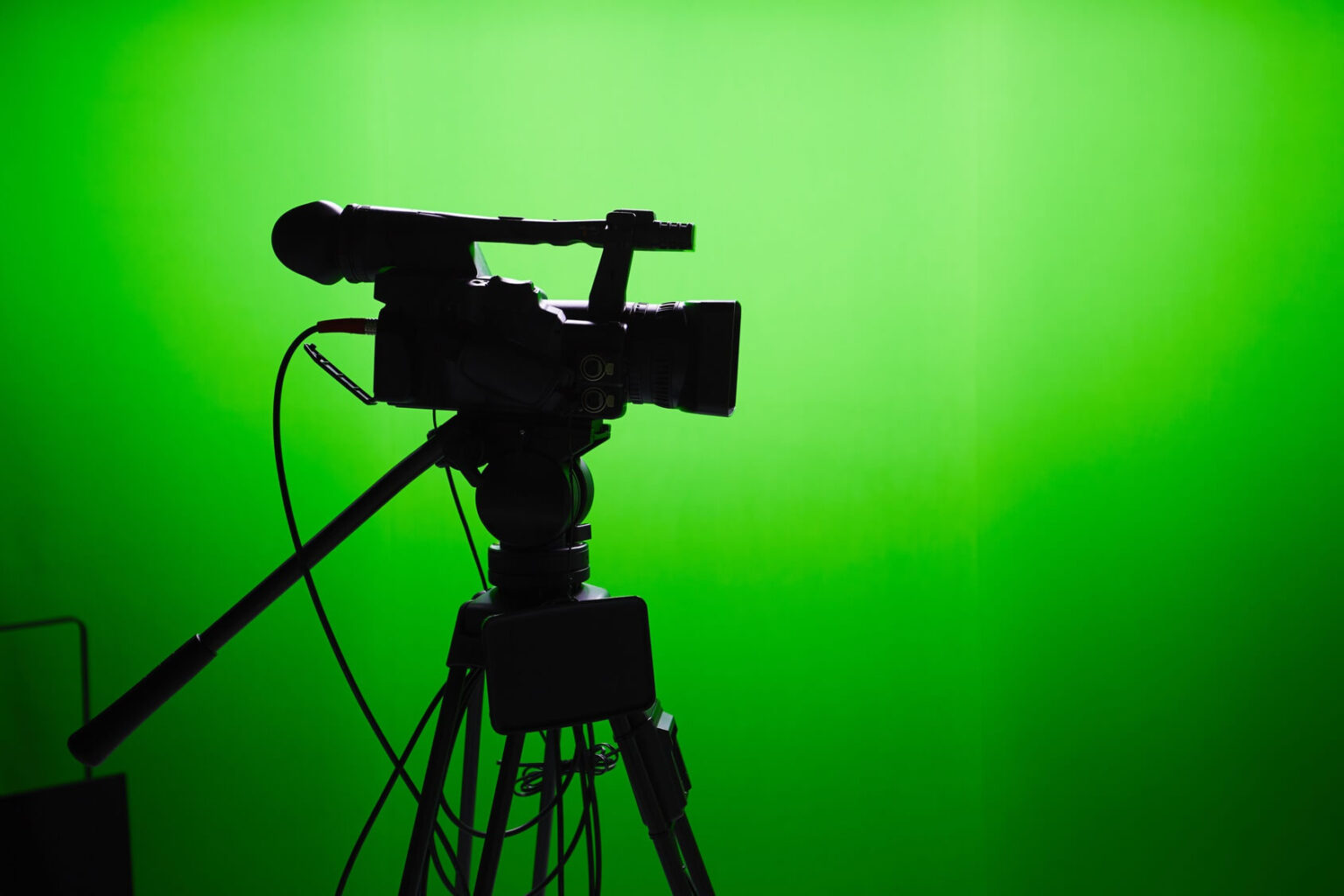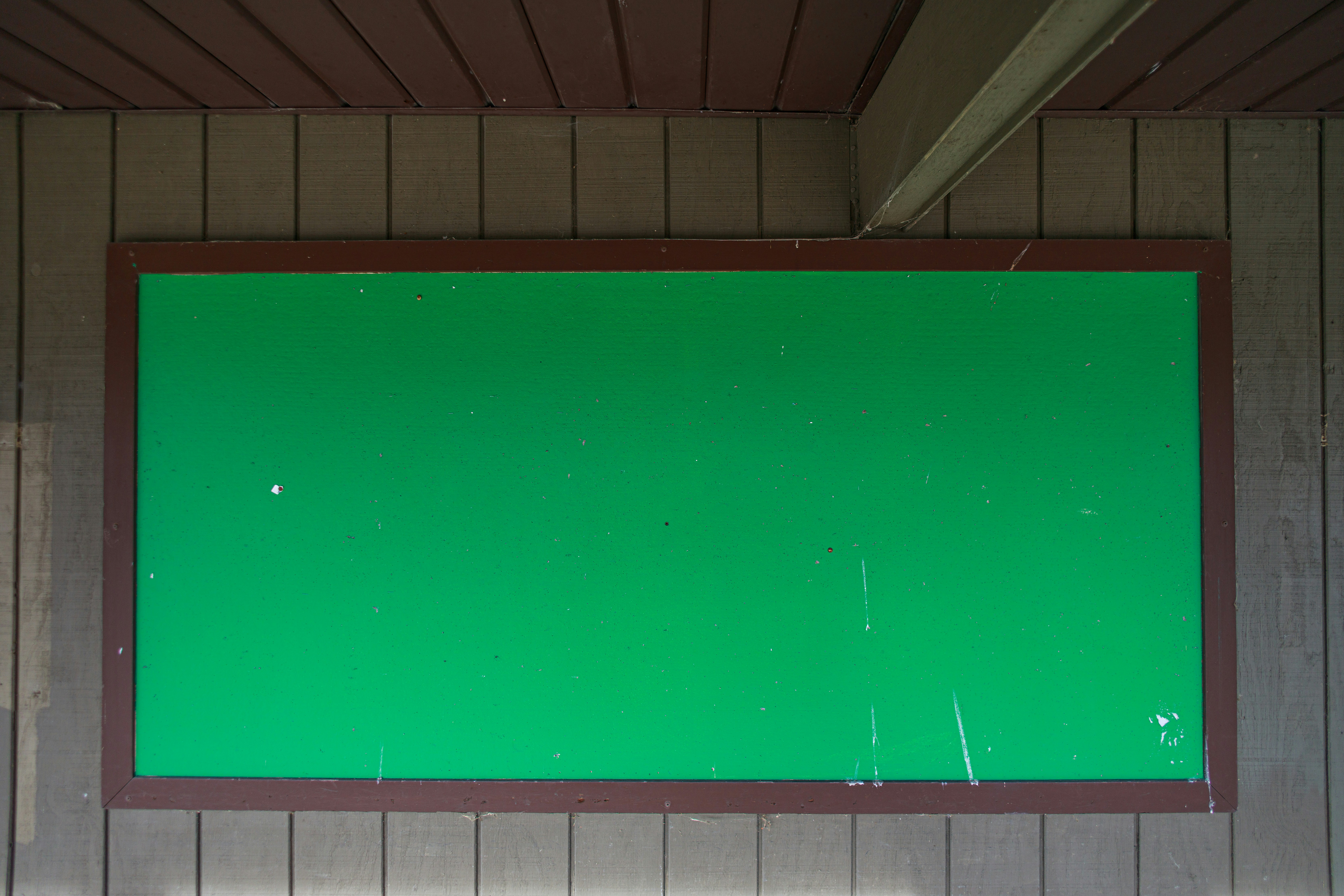
Virtual Production: The Giant Screens Behind Modern Movies & TV
Since 2020, leading visual effects wizards like Industrial Light & Magic (ILM) have spearheaded a new way of filming entertainment. While subtle, virtual production allows filmmakers to integrate computer-generated effects in a way that has never been seen before. As this technology approaches its fourth anniversary, let’s take a look at what it is and what it could mean for the movie industry going forward.
 Digital Effects in Entertainment
Digital Effects in Entertainment
Digital effects have been around since the 1980s, with landmark movies like Tron and The Abyss. Now four decades later, they are almost a requirement for Hollywood blockbusters. Even relatively mundane projects use a lot of CGI to clean up shots, remove disruptions, and manage reflective surfaces.
The use of digital effects isn’t restricted to moviemaking – its use exploded when the internet entered our lives. On the internet, digital effects are used on a wide range of websites, from simple loading screens on blogs to interactive games. In iGaming, similar effects are used to simulate European roulette online along with other table games and slots. When a player spins a roulette wheel in one of those games, the wheel, the table, and everything else on-screen use rudimentary CGI effects.
With all that said, Hollywood leads the pack when it comes to the newest and best digital effects. The potential for CGI in movies is much greater than other use cases, so dedicated filmmakers invest heavily in techniques and technologies that push the envelope. That brings us to one of the latest developments in the movie tech space – virtual productions through gigantic video walls.

On-Set Virtual Production Explained
On-set virtual production (OSVP) is where the principal photography of a movie or TV show takes place in front of a giant video wall. That video wall displays realistic video or CGI elements, rendering an entire background behind the actors that can look as real as an on-location shoot.
Video wall technology itself isn’t new. You’ve most likely seen it in news studios, painting a wall with colorful logos and helpful diagrams or video feeds where appropriate. Their use was strictly practical until the digital effects masters at ILM created the Volume.
ILM’s volume is a circular studio made from gigantic LED panels carefully placed beside one another. It looks like a single screen, through which set designers can digitally create a set without needing to worry about finding shooting locations and shipping actors around the country. It also makes it a lot easier to shoot on distant planets and fantasy realms.
Volume is one half of a whole – Volume is the soundstage while a technology platform called StageCraft is used to create a display otherworldly scenes. While ILM pioneered a new kind of OSVP with Volume, other studios have since created their own stages. However, at present, only a few studios are making movies that can make full use of OSVP technology.
 The Future of Digital Effects
The Future of Digital Effects
If OSVP can be compared to any other filming tech, it’s the green screen. It allows real-time backgrounds that wouldn’t be possible in real life and can be managed on the fly, like many ramshackle green-screen productions that can be found online. Unlike the green screen, building and operating a video wall takes a lot of resources.
Its future lies squarely in the health of the industry itself, specifically its leading studios. In theory, OSVP should help bring production costs down by cutting on travel, setup, and set design. However, blockbuster budgets have only bloated since 2020 and often overspend on a small army of CGI artists who struggle with fickle, expensive course corrections during filming.
Even if OSVP becomes the norm, not all studios will adopt the technology, nor should they. For a lot of productions, on-location filming can bring a lot of unique charm into the final product. For as long as studio giants use OSVP, there will always be smaller, more experimental directors who prefer to film with small budgets, the traditional way.




 Digital Effects in Entertainment
Digital Effects in Entertainment The Future of Digital Effects
The Future of Digital Effects